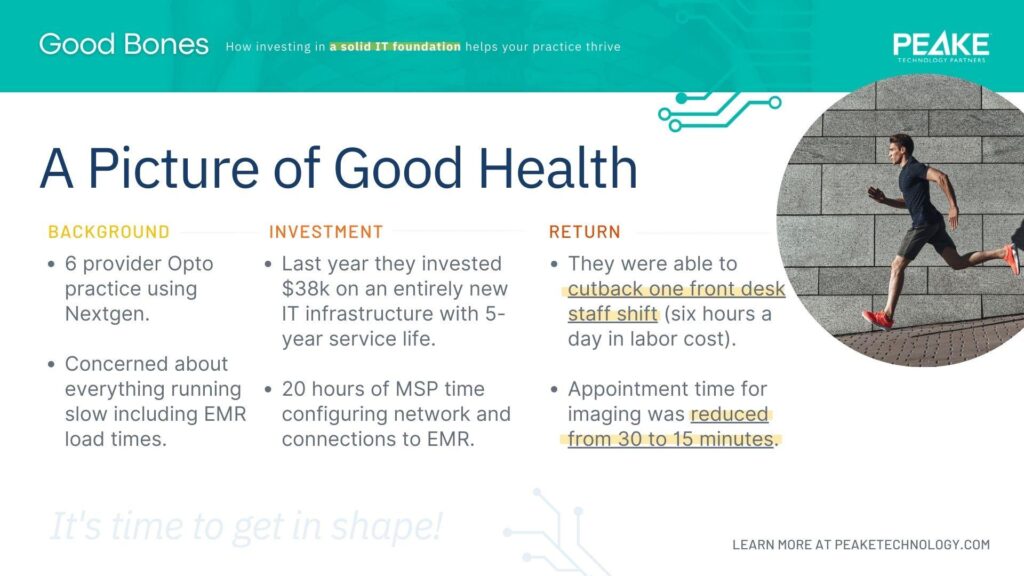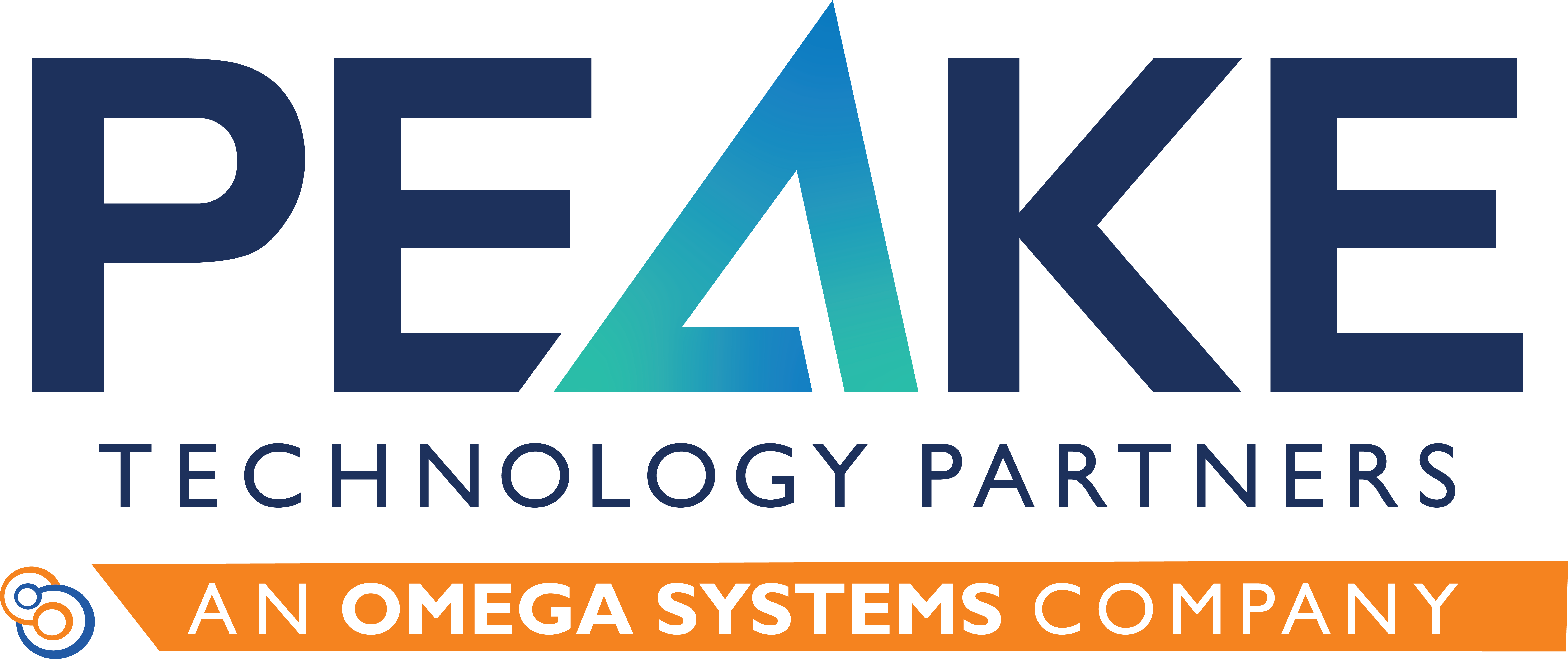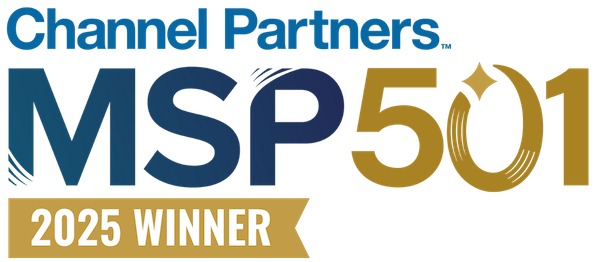Healthy Habits: How investing in a solid IT foundation helps your practice thrive.
Adapted from "Good Bones" Presentation by PEAKE's Tim Hilton.
Healthy living requires intentionality as well as investment. To ensure future health, you must invest in yourself. This same principle is true for the health of your organization’s technology, so this critical component of your practice should be operated with proper investment and care. Practice managers and executives can help ensure your technology is secure and scalable as your organization thrives.

Healthy organizations know how to:
- Set a baseline for good IT health
- Manage their environment
- Develop healthy habits
1. Set a Baseline
The first step toward improving health is knowing where to start. Just as a physical examination is expected in a patient’s health journey, the same is true for your IT infrastructure. Taking time to assess the current conditions will provide the necessary baseline to build a healthier future.
The baseline for your IT infrastructure is found in an asset management list– a catalog of your business-critical assets, including hardware and software. Request a copy of PEAKE’s asset management list template. Having this list gives practice leaders the visibility needed to make informed decisions about their IT. Before you can grow your health, you must know your health.
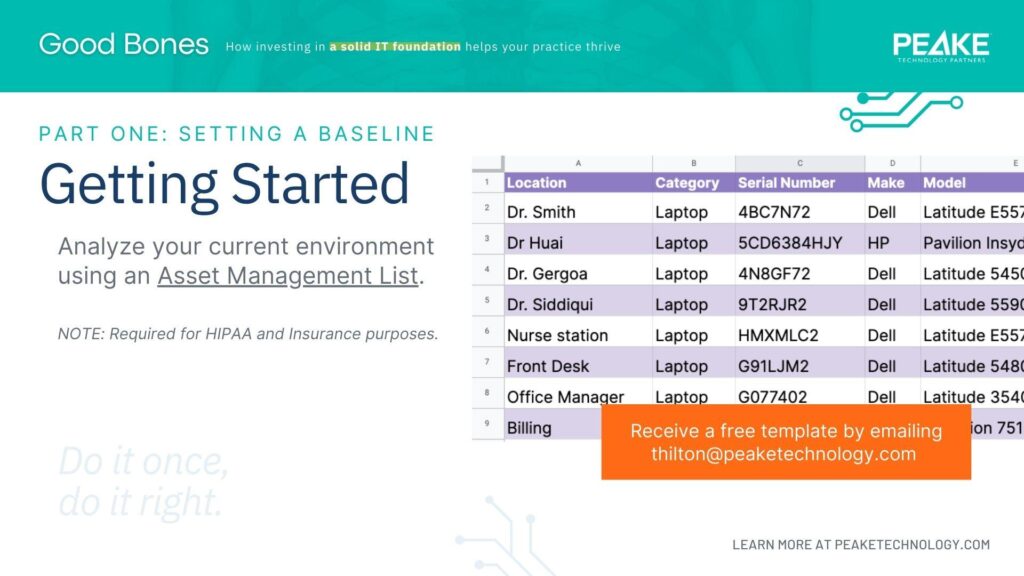
- Tim Hilton, Director of Practice Advising at PEAKE Technology Partners
2. Manage Your Environment
Are your assets working together? Do you have the right equipment to exercise properly?
After a baseline for your practice’s IT health is established, further examination of the IT environment, including physical infrastructure and software is essential to ensuring security and stability.
Physically inspect all of the following: personal computers, networking equipment, printers, scanners, and servers, as well as the three main software categories: EMR, OS, and email.
This exercise will help you answer helpful questions, like:
- Does or should everyone have a personal unit to use?
- Are personal computers from a single manufacturer?
- Does all networking equipment add value to its existence?
With respect to servers, consider the best solution for cloud versus local storage, in particular, cost savings and security. Simply having infrastructure set up and operating correctly will save your practice significant time and money!
Pro Tip: Prioritize User Experience.
Since these tools are what you use every day, make sure they are easy to learn. This will reduce troubleshooting issues and training time for new employees.
3. Develop Healthy Habits
Equipped with an accurate baseline and the proper equipment, you are now ready to focus on healthy habits to ensure future growth, security, and stability.
This step of developing healthy IT habits is the most challenging due to the organization-wide commitment required to execute. Unfortunately, neglect often results in unintended consequences or costs similar to chronic health conditions or crisis intervention. It is more effective to develop the disciplines for healthy habits now than pay for neglecting them later. Let’s do the same for your practice’s IT!
Habit #1: Budgeting
Allocate funds for scheduled maintenance on critical infrastructure components – outdated equipment and licensing leads to data breaches and downtime. Assess the value in leasing versus purchasing equipment in regards to warranty and maintenance. Finally, calculate the cost of in-house expertise versus contracted services.
Habit #2: Training
Each part of your organization must engage in common sense cyber security. Training on handling passwords, email, and data storage is essential to protect against cyber attacks. In the past year, 45 million people were affected by healthcare cyber attacks with a $320,000 average ransom payout per incident. This habit will keep your organization growing and thriving.
Habit #3: Maintaining
In order to see the results of the exercises mentioned above, you must dedicate resources to maintain and manage these practices. Someone has to manage your IT! You may already have those duties assigned within your organization or contracted to a Managed Service Provider like PEAKE (Generally, an MSP is recommended for practices with under 1,000 employees).
Implementing these habits in your practice will give you a healthy, solid IT foundation that ensures your practice will thrive. Take care of your IT and your IT will take care of you.
At PEAKE, we have witnessed this model work consistently – A 6-provider optometrist practice was struggling with slow EMR load times and consistent technology hiccups. After following recommendations from PEAKE, they invested $38,000 on an entirely new IT infrastructure with a 5-year service life including 20 hours of network and EMR configurations. The return on that investment? The ability to reduce an entire shift on the front desk (6 hour day labor cost) plus HALF the time spent on recurring tasks (from 30 to 15 minutes per imaging task).
It’s time to get in shape. Reach out to PEAKE for guidance on leveraging technology as a tool to grow your business and care for more patients. Call 866.357.3253 or email sales@peaketechnology.com to schedule a free consultation with a PEAKE Practice Advisor.
